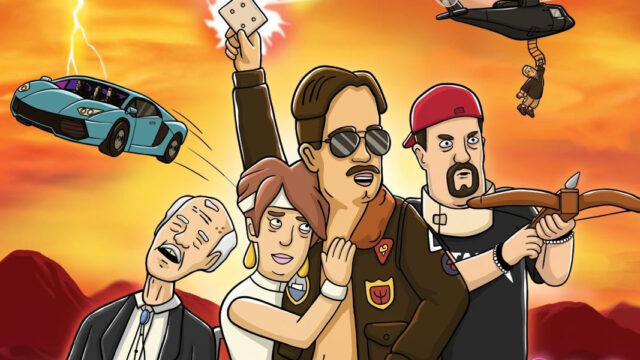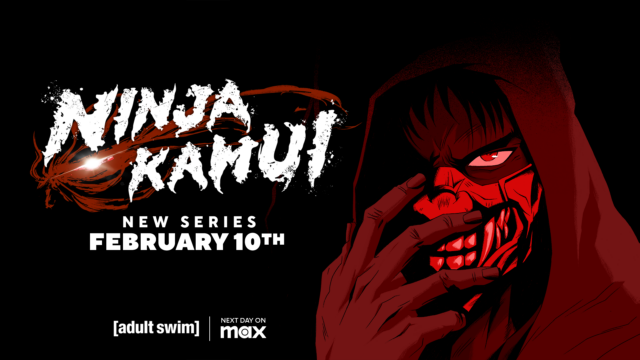Ratings Report: Analyzing Rick and Morty’s Fourth Season Which Averaged It’s Lowest-Rated Season In History
This isn’t about the quality of the show, not by a long shot. The fourth season of Rick and Morty, in my opinion, was brilliant and possibly the best season yet. If you put a gun to my head while sitting on a toilet, I might have some preferences to the more profound and dangerous embedded arcs of the show’s third season, but as a whole, the fourth season featured more episodes that I think will be deemed classics when it’s all said and done and co-creators Justin Roiland and Dan Harmon should not only be proud, but hopefully, content knowing that they have sixty more episodes to produce and they show no signs of slowing down.
In any event, there’s a testicle monster-sized elephant in the room that needs to be addressed and that’s the 40% drop in the ratings (source: Nielsen Ratings) that Rick and Morty season four (avg: 1.52) saw in comparison to the show’s third season (avg: 2.33), and the fact that this was the lowest-rated season in the show’s history. And while cord cutters out there might say, “well, who gives a fuck, I watch the show on streaming, right?” Sure, but here’s why the show shouldn’t be resting on it’s digital laurels either:
For starters, Digital Entertainment Group (responsible for providing stats on the most purchased digital content) had Rick and Morty appear only once in the show’s “Top Ten Most Downloaded” media purchases over the course of the show’s season four “B” (we’ll get to that in a bit also), while barely showing up in the top 20 for the balance of the other episodes. This is an alarming stat because typically episodes of TV series cost less than say feature films, regardless if they are part of a first “at home premiere” or just as a standard digital release.
Streaming data is just as alarming. Hulu reports that 40% of Hulu viewers faithfully devour adult cartoons every month with 1.5 billion hours viewed on the second-largest streaming service in the United States. But, recently it was Rick and Morty cousin Solar Opposites that become the most watched original series, a fact that former VP Craig Erwich actually touted more having to do with South Park being the most streamed series by a mile followed closely by the FOX Animation Domination lineup. HBO MAX knew this and opted to spend $500 million to acquire the exclusive streaming rights to South Park, despite the fact that Rick and Morty was used in just as much of the marketing but seemed to have made no inference on the out-of-the-gate stumbling debut of the highly-touted streaming service.
And that, right there, might be the north star to what is going on here…brand exhaustion. Adult Swim’s lazily-produced marketing campaigns for Rick and Morty is likely the key contributor here, with a constant barrage of barely profitable Youtube content ONLY related to Rick and Morty, like podcasts and featurettes to go along with the co-branded commercials with the likes of Pringles, Wendy’s, Carl’s Jr., and other brands, Adult Swim felt like it could simply rest on it’s laurels and not be in any way innovative in getting the word out about the season four premieres of new episodes. Not to mention the fact all of the lazy pressers out there looking simply to capitalize on lame manipulative SEO trends instead of really providing any substance on a veritable intellectual property.
But, it didn’t work. Rick and Morty season three set all sorts of ratings records for the network and while the season four premiere was strong, the interest soon tapered off, especially when the network decided in it’s infinite wisdom to split the seasons in half which really caused a tumble in the season’s second half. To his credit, Justin Roiland must have noticed something also as he recently has said in interviews that he wouldn’t mind seeing only one episode a month premiering for future seasons. Personally, it might not be a bad idea, but he has to make sure he has a strong marketing team behind him to make that work. There was a time when South Park split it’s seasons into half, but instead, the creators opted to shorten the season orders (from 14 episodes to 10) and just release them weekly for the entirety of the season which has helped the show remain fresh and exciting even as it’s entering it’s 24th season.
And that’s the morale of the story. Inundating fans with social nonsense isn’t going to help the ratings. The marketing PR team at Adult Swim need to be more creative with their endeavors and have a firmer grasp on how to not just launch a series, but sustain interest. Just recently, the same team behind Adult Swim’s lack of marketing (that has also seen the likes of The Shivering Truth and JJ VIllards Fairy Tales suffer in the ratings even WITH the aforementioned lead-in of Rick and Morty season four episode premieres) just hit the snooze button on Close Enough’s premiere despite the show getting critical acclaim. Noticeably, other franchises have been abandoning Adult Swim’s marketing altogether and instead hire third-party marketing teams to help which will become even more of a stance with HBO MAX series as this has been the case with Hulu and Netflix original adult animation for quite some time now.
Rick and Morty producers may want to start thinking about doing the same. Producer Olan Rogers might be a good model here in how he’s handled putting Final Space on his already-established back and just moving forward and not giving a fuck about which network carries the show or where it’s being streaming. He makes sure that people are well-informed about whatever the hell is going on with his show and regularly attends panels and podcasts and interviews and Reddit AMA’s where he really goes nuts on making sure everyone is up-to-date on what is going on in Final Space which actually saw a ratings INCREASE despite going from a TV network that’s actually available in more homes than Cartoon Network/Adult Swim and this is in no thanks to Adult Swim’s marketing team who really couldn’t be bothered.
Your thoughts?


























Hi Ashley, thank you so much for reading and we love the feedback. Note that on that day we had 14th posts go up and only ten posts show on the front page, so it's possible the preview had already been archived by the time you got to it. One recommendation would be to add our RSS feed to your favorite news aggregator service like Feedly, this way you get all of the latest posts!